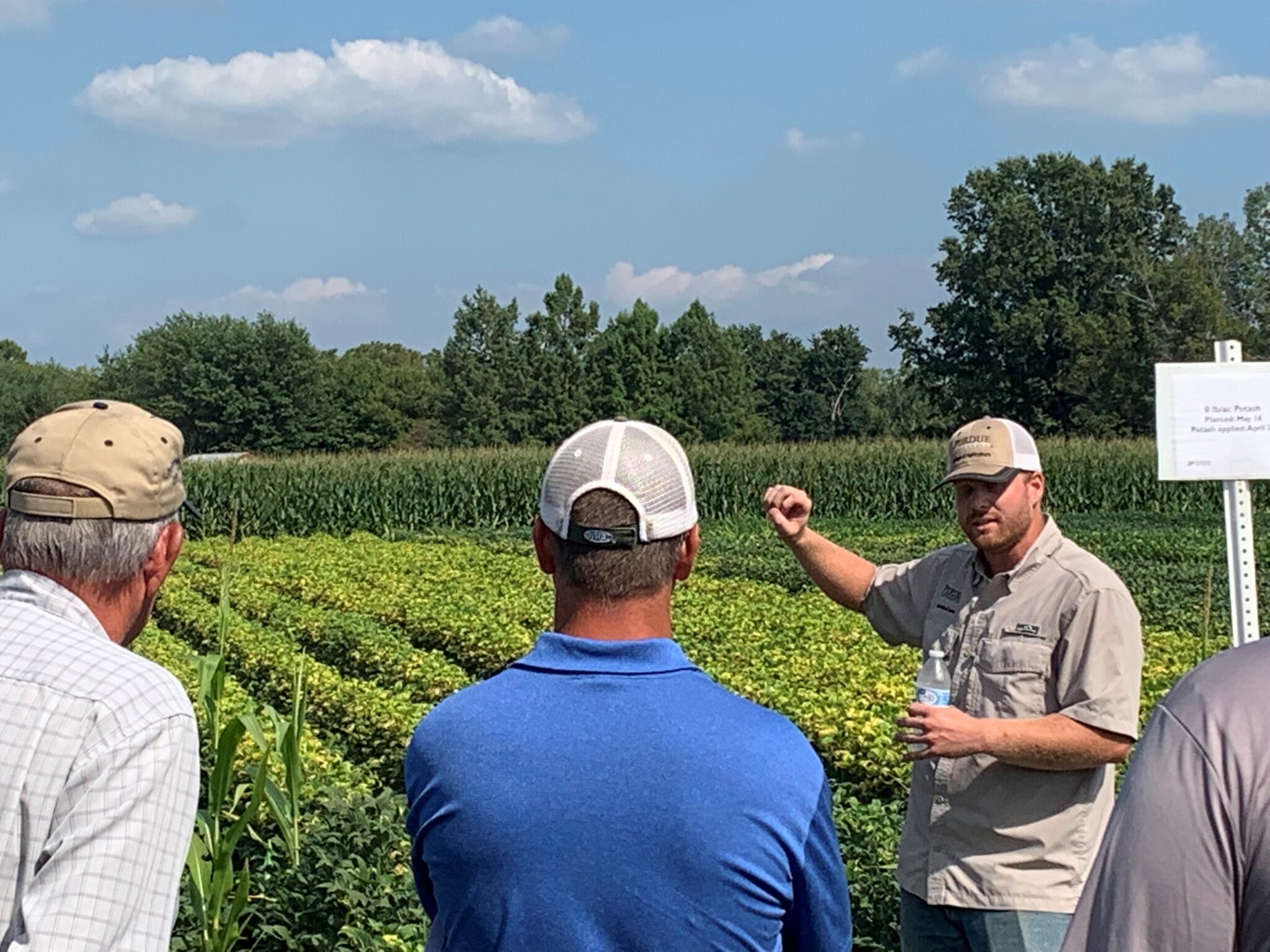Fertilizer rate decisions have more potential impact on profits when soil test levels of a nutrient are deficient, because yield can be decreased by nutrient deficiency to an extent that offsets the savings of reduced fertilizer rates. This approach to fertilization is often called the “Sufficiency Approach”, where the rate applied is targeted to produce the highest return to fertilization in that season without regard to the impact on future seasons. This has not been the philosophy recommended by Purdue for at least the last 40 years. The approach we have recommended is the “Build-up and Maintenance” approach (or “Build-up, Maintenance, and Draw-down” approach in the original Tri-State recommendations. This approach was used because it minimized the potential for yield loss due to nutrient deficiency and gave farmers the flexibility to skip a fertilization when fertilizer prices were high, commodity prices were low, fertilizer was unavailable, field conditions were unsuitable for application, etc. This conservative approach to fertilization was well-suited to farmers who owned the land they farmed or had stable leases on the land they rented because the additional P and K they had added over several years remained in the soil and could be taken advantage of in later years if maintenance rates of fertilizer could not be applied. Unfortunately, this is not the most profitable approach in times of high fertilizer prices (if expected to fall in future years) or when farmers are cash renting on a yearly basis.
We began to conduct experiments to gather the data necessary to make “Sufficiency” recommendations for K in 2019 at the Southeast Purdue Ag Center and in 2020 at the Northeast and Davis Purdue Ag Centers. These experiments continue but have not been harvested in 2021. At this point we have four sites years of data for soybeans and one for corn. This is not enough data to make recommendations, but the early results support what most researchers suspect – the amount of fertilizer needed at deficient soil test levels to maximize dollar return to fertilizer is less than the “Build-up recommendation”. We illustrated this with the soybean data from 2020 – the SEPAC data from 2019 told the same story. Read the full store here.



